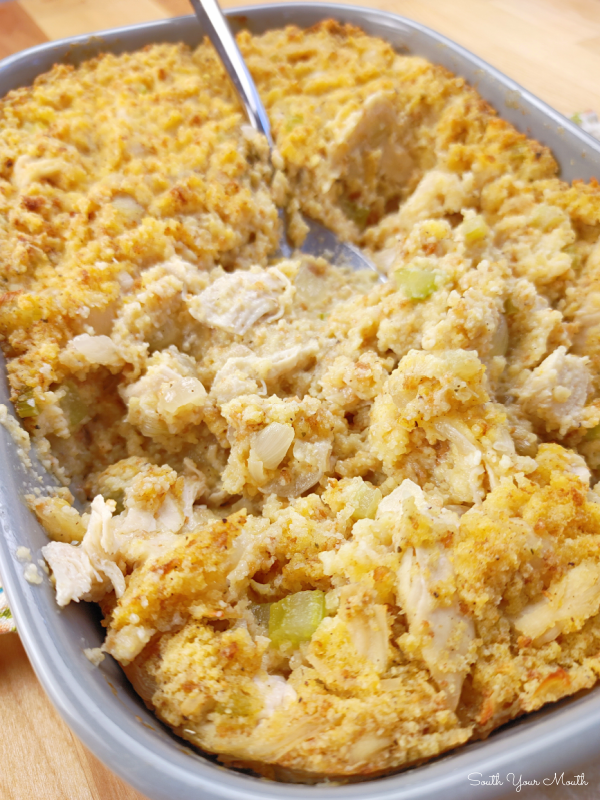Spanish Potato Omelet Recipe: History, Variations, and Serving Tips
The Spanish Potato Omelet, or Tortilla Española, traces its origins to the 19th century. It’s believed that during the Carlist Wars, a general created the dish to feed numerous soldiers with limited resources. The incorporation of potatoes, a previously inexpensive and widely available ingredient, allowed the omelet to become a filling yet affordable meal. Over time, this simple dish gained popularity across Spain, evolving into a beloved national dish. Now, you’ll find Tortilla Española featured at both casual family gatherings and upscale dining establishments, showcasing its universal appeal.
Regional Variations Across Spain
Different regions in Spain have adapted the classic Spanish Potato Omelet, infusing it with local flavors and ingredients. In Galicia, for instance, cooks might add chorizo to the mix for an extra layer of flavor. In Catalonia, some prefer a thinner version cooked with caramelized onions. Alternatively, in the Basque Country, it’s common to find variations that incorporate green peppers, offering a slightly different taste profile. Each version maintains the essence of the original while celebrating regional culinary traditions, ensuring you encounter diverse flavors when traveling through Spain.
Key Ingredients and Preparation Techniques
Essential Components for Authentic Flavor
A Spanish Potato Omelet relies on key ingredients to achieve its classic taste. Potatoes form the base, typically using waxy varieties like Yukon Golds. Eggs provide the binding and structure, with an average of 6 to 8 depending on the omelet size. Olive oil is essential for frying and flavor, often using extra virgin for its rich taste and high smoking point.
Onions add sweetness and depth; some traditional recipes recommend using yellow onions. Salt is crucial for seasoning, complementing the other ingredients. Optionally, you can include chorizo for a spicy kick, commonly seen in Galician versions, or green peppers for added flavor, typical in the Basque variation.
- Prep Ingredients:
- Slice 3-4 potatoes thinly.
- Finely chop one onion.
- Beat 6-8 eggs in a bowl with a pinch of salt.
- Cook Potatoes and Onions:
- Heat a generous amount of olive oil in a nonstick skillet over medium heat.
- Add potatoes and cook until tender, then add onions and sauté until soft. This should take around 15-20 minutes.
- Combine Ingredients:
- Drain excess oil from the potato-onion mixture and let it cool slightly.
- Mix the potatoes and onions into the beaten eggs.
- Cook the Omelet:
- Heat a small amount of olive oil in the skillet.
- Pour the egg mixture into the skillet, spreading it evenly.
- Cook on medium-low heat until the edges start to set.
- Flip the omelet using a plate to cook the other side or cover the skillet until fully cooked. This step usually takes another 5-7 minutes.
Following these techniques ensures a well-crafted Spanish Potato Omelet, perfect for any occasion.
Cooking Tips and Common Mistakes
Achieving the Perfect Texture
Balance is key when aiming for the perfect texture in your Spanish Potato Omelet. Slice potatoes thinly and uniformly, ensuring even cooking. Cook the potatoes and onions slowly in plenty of olive oil on low heat to soften without browning.
Whisk eggs thoroughly before adding them to the potato mixture. This step introduces air and helps create a fluffier texture. Let the potato mixture cool slightly before mixing it with the beaten eggs. This prevents premature cooking and ensures an even mixture.
Cook the omelet on medium heat. Stir occasionally to prevent sticking, then allow it to set without further stirring. When the edges start to firm up, gently shake the pan to ensure the omelet isn’t sticking. Once the bottom is golden brown, flip the omelet or slide it onto a plate and invert it back into the pan. Cook until both sides are golden brown. Aim for a creamy center instead of a fully cooked interior.
Troubleshooting Common Issues
Avoid several common issues when cooking a Spanish Potato Omelet:
- Soggy Texture: Using too much oil or undercooking potatoes can cause sogginess. Drain excess oil before combining potatoes with eggs.
- Dry Omelet: Overcooking the omelet on high heat can dry it out. Maintain moderate heat and monitor doneness closely.
- Sticking to the Pan: Omelets tend to stick when the pan isn’t well-heated or properly oiled. Use a non-stick or well-seasoned pan with enough oil.
- Uneven Cooking: Prevent uneven cooking by ensuring potato slices are uniform and cooking the omelet on low to medium heat.
By focusing on these tips and addressing common mistakes, you can produce an excellent Spanish Potato Omelet every time.
Nutritional Information and Dietary Adaptations
Health Benefits of the Spanish Potato Omelet
The Spanish Potato Omelet offers several health benefits. It’s rich in protein, with each omelet containing approximately 6 grams of protein per serving. Eggs provide essential amino acids, vitamins, and minerals. Potatoes deliver a good source of dietary fiber and vitamin C. Olive oil, a key component, contributes healthy monounsaturated fats, which support heart health.
Adapting the Recipe for Different Diets
The Spanish Potato Omelet can be adapted for various dietary needs. For a vegan version, use chickpea flour and water as an egg substitute. Gluten-free individuals can enjoy the omelet by ensuring all ingredients are naturally gluten-free. For a low-carb alternative, replace potatoes with sliced zucchini or cauliflower.
Perfect Pairings and Serving Suggestions
Best Drinks to Serve With a Spanish Potato Omelet
Choose drinks that enhance the flavors of a Spanish Potato Omelet. Sangria, with its blend of red wine, fruit juices, and fresh fruit, offers a refreshing complement. Serve a crisp Spanish white wine, like Albariño, for a touch of acidity that balances the richness of the omelet. Enjoy a light beer for a more casual option, as it provides a refreshing contrast to the dish.
Complementary Side Dishes
Pair your Spanish Potato Omelet with suitable side dishes for a complete meal. Serve a simple tomato salad with olive oil and sea salt to add freshness. Opt for a side of roasted red peppers for added sweetness and texture. Add a plate of mixed olives or a small serving of Manchego cheese to introduce more authentic Spanish flavors. Include crusty bread for a touch of rustic charm and to soak up any remaining olive oil.
Conclusion
Mastering the Spanish Potato Omelet opens up a world of culinary delights. This versatile dish not only offers a taste of Spanish culture but also provides numerous nutritional benefits. Whether you’re adapting it to fit specific dietary needs or pairing it with complementary sides and drinks, the Tortilla Española is sure to impress. So grab your ingredients and get cooking—you’ll soon discover why this classic dish has stood the test of time.






